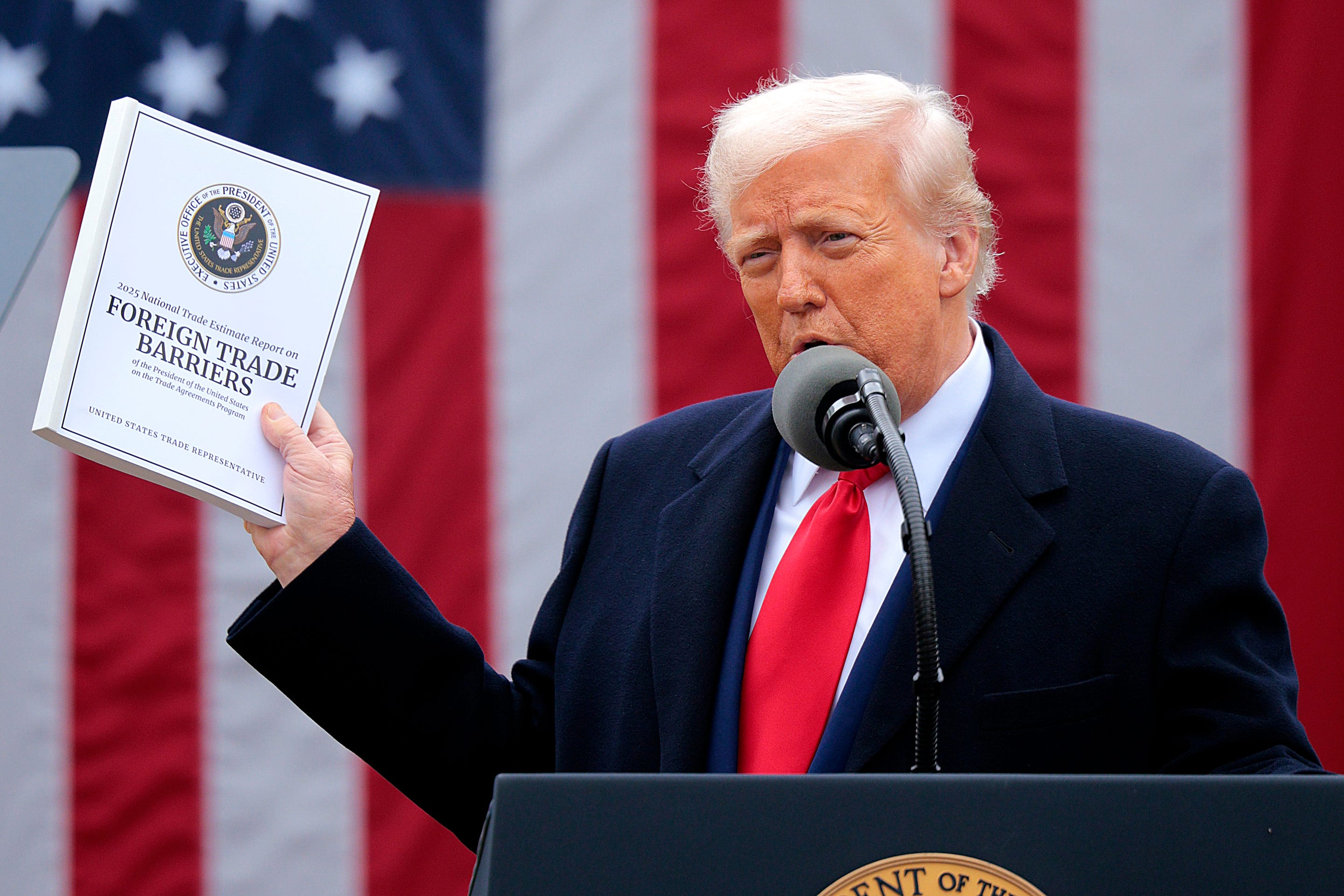
United States President, Donald Trump has announced a 90-day pause on the imposition of new tariffs across several countries, signaling a temporary shift in the administration’s aggressive trade posture.
- President Trump announced a 90-day pause on new tariffs across several countries
- During this period, the U.S. will implement a 10% reciprocal tariff on imports from countries with similar tariffs on U.S. goods
- Despite the pause, President Trump has maintained a hardline stance on China, raising tariffs to 125% on select goods
The decision comes amid growing uncertainty in the global trade market, as countries scramble to safeguard their economies following a wave of strict tariffs introduced by the U.S. President Donald Trump in recent months.
The U.S. government also decided to implement a 10% reciprocal tariff during the 90-day period.
DON’T MISS THIS: U.S. coup plotters bypass death penalty in Congo as they head home safely
This means that during this timeframe, the U.S. will reduce the tariff rate on imports from other countries that have similar tariffs on U.S. goods, bringing the tariff rate down to 10%.
In a statement shared on his Truth Social platform, President Trump wrote, “I have authorised a 90-day pause, and a substantially lowered Reciprocal Tariff during this period, of 10%, also effective immediately.”
The pause, he indicated, is designed to create room for renewed dialogue and to give trade partners time to negotiate fairer terms with the United States.
Addressing the global response to his administration’s policies, Trump claimed that more than 75 countries have initiated talks with top U.S. officials, including representatives from the Departments of Commerce, Treasury, and the Office of the United States Trade Representative (USTR).

The discussions reportedly focus on long-standing trade disputes involving tariffs, non-monetary trade barriers, and currency manipulation.
While he did not name specific countries, Trump emphasized that, at his “strong suggestion,” none of the nations currently in discussions have retaliated against the U.S.
He characterized this restraint as a diplomatic breakthrough and framed the ongoing negotiations as a sign of progress toward resolving structural imbalances in the global trading system.
End of trade tensions?
This move is seen as an effort to de-escalate ongoing trade tensions that have unsettled the global economic landscape in recent months.
The temporary suspension, according to White House sources, is intended to create space for further negotiations with trade partners and to allow diplomatic channels to resolve outstanding disputes.
By pressing pause on new tariff hikes, the Trump administration hopes to stabilize markets, reassure global investors, and provide relief to industries that have been hit by retaliatory trade measures.
While the announcement has been welcomed by some international stakeholders, analysts caution that the long-term direction of U.S. trade policy under President Donald Trump remains uncertain, given the administration’s assertive approach to trade enforcement and economic nationalism.
China excluded
Despite the temporary reprieve, Trump has maintained a hardline stance on China.
The U.S. recently introduced additional duties on goods from both rival and allied nations, with China facing a minimum tariff of 104%.
In response, Beijing swiftly imposed its own countermeasures targeting U.S. exports.
President Trump went further, announcing an immediate increase in tariffs on Chinese goods to 125%, citing what he described as China’s disregard for global trade norms.
DON’T MISS THIS: How Nigeria’s import ban sparked a 14% tariff from Trump
“Based on the lack of respect that China has shown to the world’s markets, I am hereby raising the tariff charged to China by the United States of America to 125%, effective immediately,” Trump stated.
“At some point, hopefully in the near future, China will realize that the days of ripping off the U.S.A. and other countries are no longer sustainable or acceptable,” he added
By raising tariffs on Chinese goods—now as high as 125% on select items—the U.S. is signaling a continuation of protectionist economic policies that prioritize domestic industries over free trade principles.
This move could trigger retaliatory measures from China, further straining trade between the world’s two largest economies and unsettling global markets.












